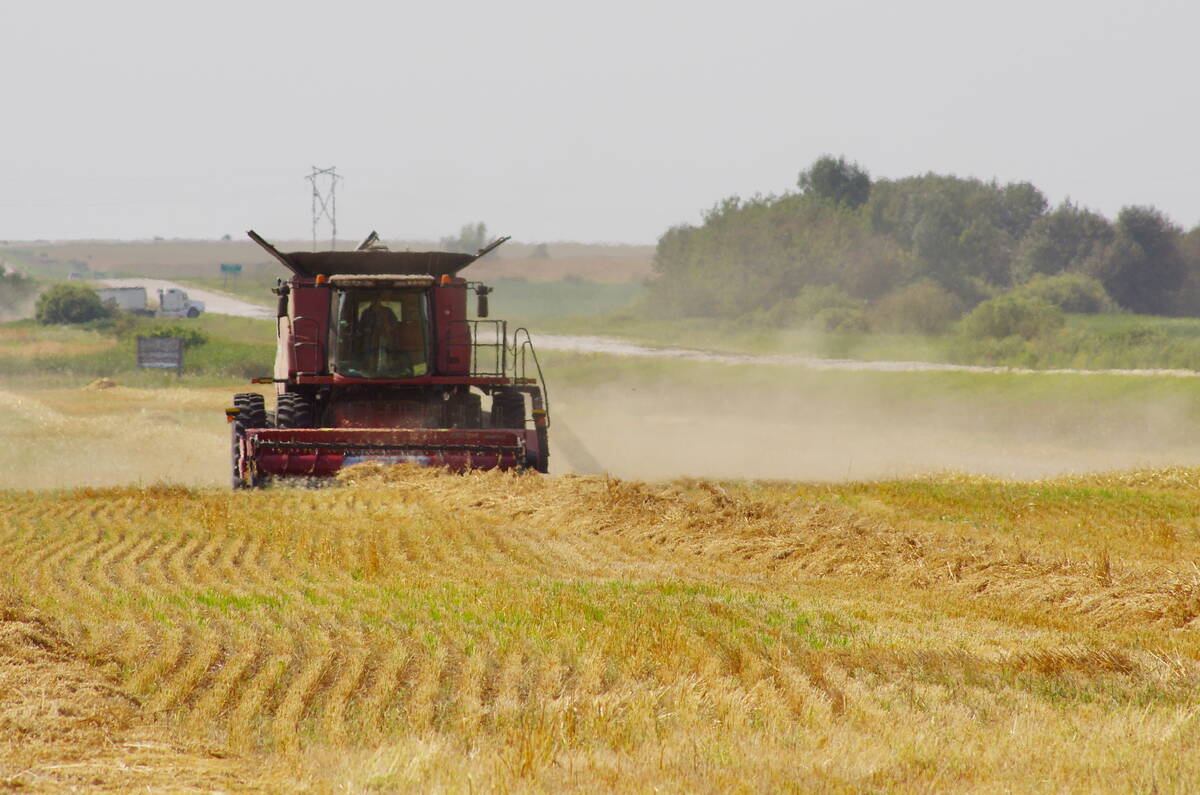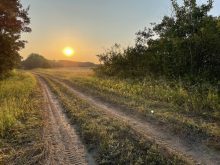All agricultural land in Alberta is not created equal and valuations of farm and ranch land can have wide variances, according to the Canadian Association of Farm Advisors.
However, understanding the market forces will help producers get the best price.
Farmland values in Alberta can range from $2,400 an acre in the Peace Country to $11,500 an acre for irrigated crops in the southern portion, with double digit annual increases or more for the latter, said the CAFA.
During an update on the farm and ranch market in Alberta, CAFA’s Ben Van Dyk said the average price per acre in the Lethbridge area is closer to $20,000 for irrigated land.
Read Also

Herbicide resistance sprouts in Manitoba’s wild oats
Farmers across Manitoba this fall are gearing up for the latest salvo in what, for many, has become a longtime battle to beat out wild oats.
Van Dyk said there is a lingering issue within Alberta’s system of land sale, namely the Land Titles Office, which he called archaic.
“Land transfer times of up to seven or eight months are not uncommon,” he said. “It’s very messy because appraisals based on these sales are typically one- to two-year-old comparables. And with land prices that can increase five to 30 percent annually — depending on crops, crop prices, interest rates and demand for land — it’s almost impossible to get appraisals that reflect current market value.”
The same issue is faced when land values go down, he added.
“The situation has been terrible for prospective buyers and sellers, real estate agents, bankers since they have been unable to finance many proposals that did not appraise for the purchase price,” said Van Dyk.
In the Lethbridge region with agricultural land prices on an upward trajectory, values might not be reflected in current appraisals.
If landowners aren’t aware of the situation, Van Dyk said producers “might be giving away half the farm value.”
There are also variables within irrigated land sales that must be considered. Those include whether the land is irrigated through pivot or flooding, whether a sale includes the pivots as well as the cost of water-conveyance rights.
“Irrigation rights might have value separate from land or irrigation values,” said Van Dyk. “For example, river or stream permits are rights that might be used for other than primary irrigation.”
Surface lease payments from oil and gas wells or renewable energy projects can also factor into land prices with Van Dyk highlighting how a dryland farm could be valued at $2 million but could potentially generate $500,000 in annual income from a solar farm.
While such a surface lease revenue stream might seem attractive, Van Dyk warned it’s unclear what future environmental liabilities might come with a renewable energy project because there is little data on end-of-life remediation of them.
Van Dyk said multiple factors go into agriculture land valuations, such as cash flow based on production and the ability to see and access mountains and lakes.
But the tried-and-true method is to compare past sales of similar, nearby properties while accounting for improvements.
“For many years and multiple years and multiple applications, it’s been a model that has served the industry very well,” said Van Dyk.
As for the effect of rising interest rates on Alberta’s agricultural land sales market, Van Dyk said it’s having little impact as demand continues to be high.
“We’re actually selling more land now because there are more sellers in the market,” he said. “Every time we have a good farm, we still get four or five offers on each parcel of land.”


















